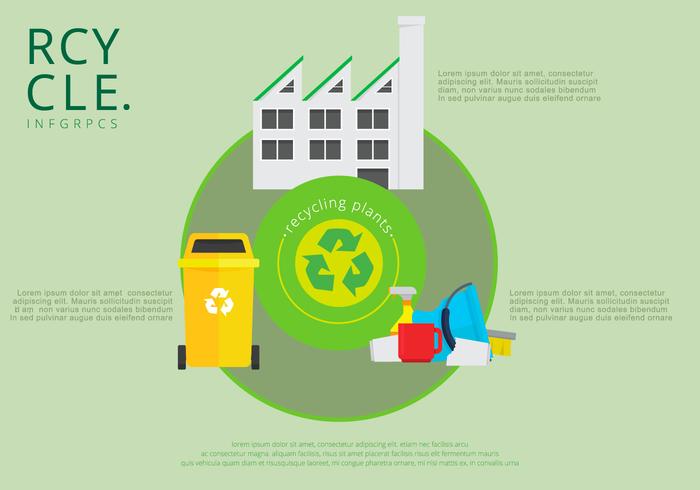Your Comprehensive Overview To Selecting The Correct Dumpster Dimension For Any Project
Your Comprehensive Overview To Selecting The Correct Dumpster Dimension For Any Project
Blog Article
Uploaded By-Matthiesen Snider
When embarking on a project that requires a dumpster, the dimension you pick can significantly impact its performance and cost-effectiveness. Envision having the perfect container that accommodates all your waste without being exceedingly large or also tiny. Everything begins with understanding the subtleties of your project and selecting a dumpster dimension that straightens with your particular needs. So, prior to you make a decision, consider the factors at play to make sure a seamless waste management procedure from start to finish.
Elements to Consider
When choosing the best dumpster size, there are several key elements to consider.
First, consider the sort of waste you'll be getting rid of. Various products may require varying amounts of room, so comprehending what you'll be placing in the dumpster is essential.
Next, evaluate the amount of waste you expect to generate. If dumpster rental pricing take too lightly the volume, you may require to make numerous trips to dispose of everything, which can be bothersome and expensive. On the other hand, leasing a dumpster that's too huge can cause unnecessary expenditures.
In addition, think about the room where the dumpster will be put. Ensure there's enough area for the dumpster to be delivered and gotten without any blockages.
Lastly, think of any kind of weight restrictions that might use. Surpassing the weight limitation can lead to extra fees or even the rejection of service.
Dumpster Dimension Options
For selecting the ideal dumpster size, it's important to have a good understanding of the offered alternatives. Dumpster sizes normally range from 10 to 40 cubic lawns, with variants in between.
A 10-yard dumpster is suitable for tiny projects like a garage cleanout or a tiny remodelling. If you're taking on a medium-sized job such as a kitchen area remodel or a basement cleanout, a 20-yard dumpster might be the best selection.
For bigger projects like a whole-house renovation or commercial building, a 30 or 40-yard dumpster could be preferable to fit the quantity of waste produced.
When deciding on a dumpster size, consider the quantity and type of particles you expect to throw away. It's better to select a slightly larger size if you're not sure to avoid overfilling. Remember, it's even more economical to lease a dumpster that fits your requirements as opposed to having to purchase an added one.
Matching Size to Project
Optimally matching the dumpster size to your task is critical for effective waste monitoring. To figure out the appropriate size, consider the extent and nature of your job.
For tiny home cleanouts or remodellings, a 10-yard dumpster might be adequate. These are commonly 12 feet long and can hold about 4 pickup truck tons of waste.
For larger projects like redesigning numerous spaces or removing a huge estate, a 20-yard dumpster could be more suitable. dumpster rental.near me are around 22 feet long and can hold approximately 8 pickup truck lots.
If you're taking on a significant building job or commercial restoration, a 30-yard dumpster could be the most effective fit. These dumpsters are about 22 feet long and can suit concerning 12 pickup tons of particles.
Matching the dumpster size to your task ensures you have enough area for all waste products without paying too much for extra capacity.
Conclusion
To conclude, selecting the appropriate dumpster size for your job is important for reliable waste disposal. By thinking about factors like the kind and quantity of waste, space availability, weight restrictions, and spending plan restraints, you can guarantee you have the ideal size dumpster for your requirements. See to it to match the dimension of the dumpster to the scope and nature of your task to avoid overspending on unnecessary expenses.
